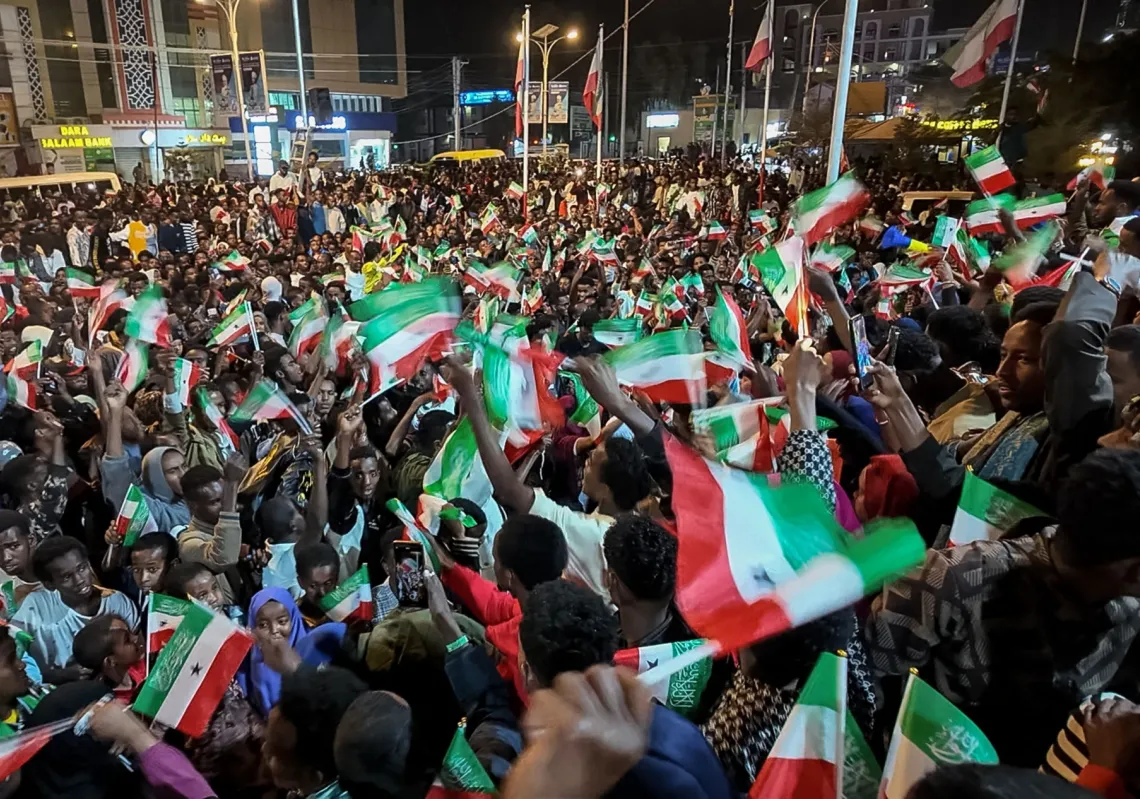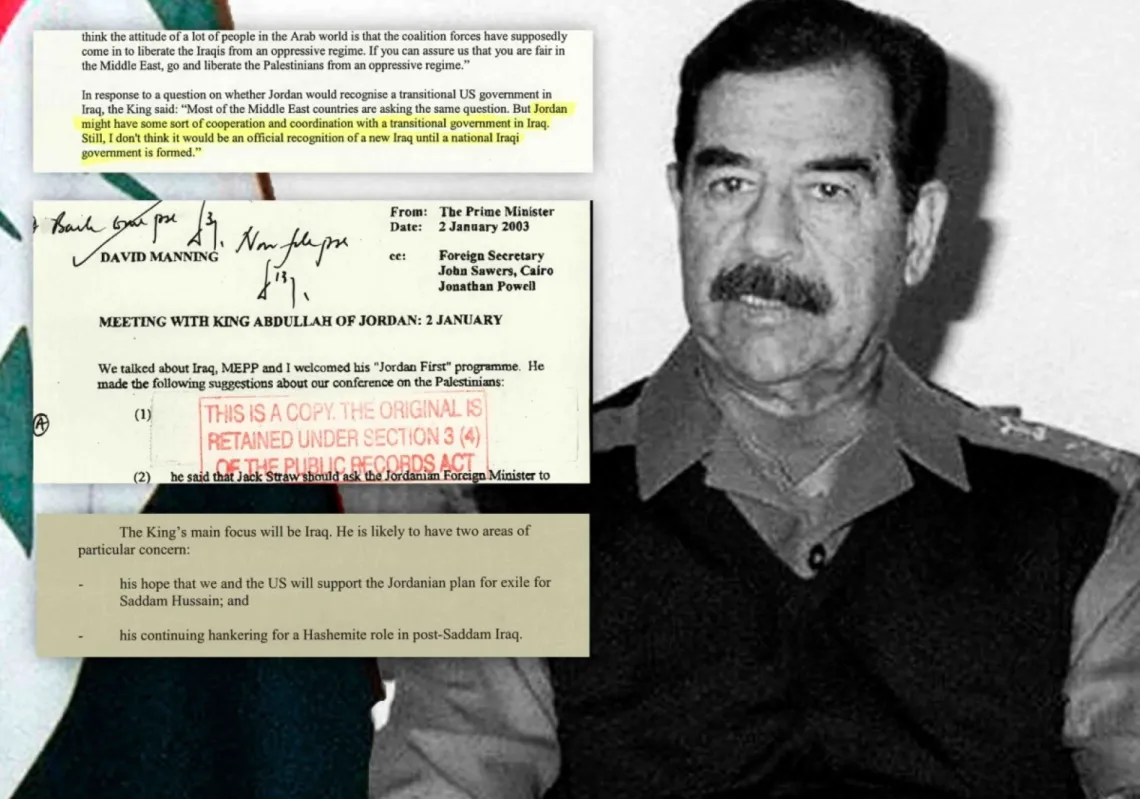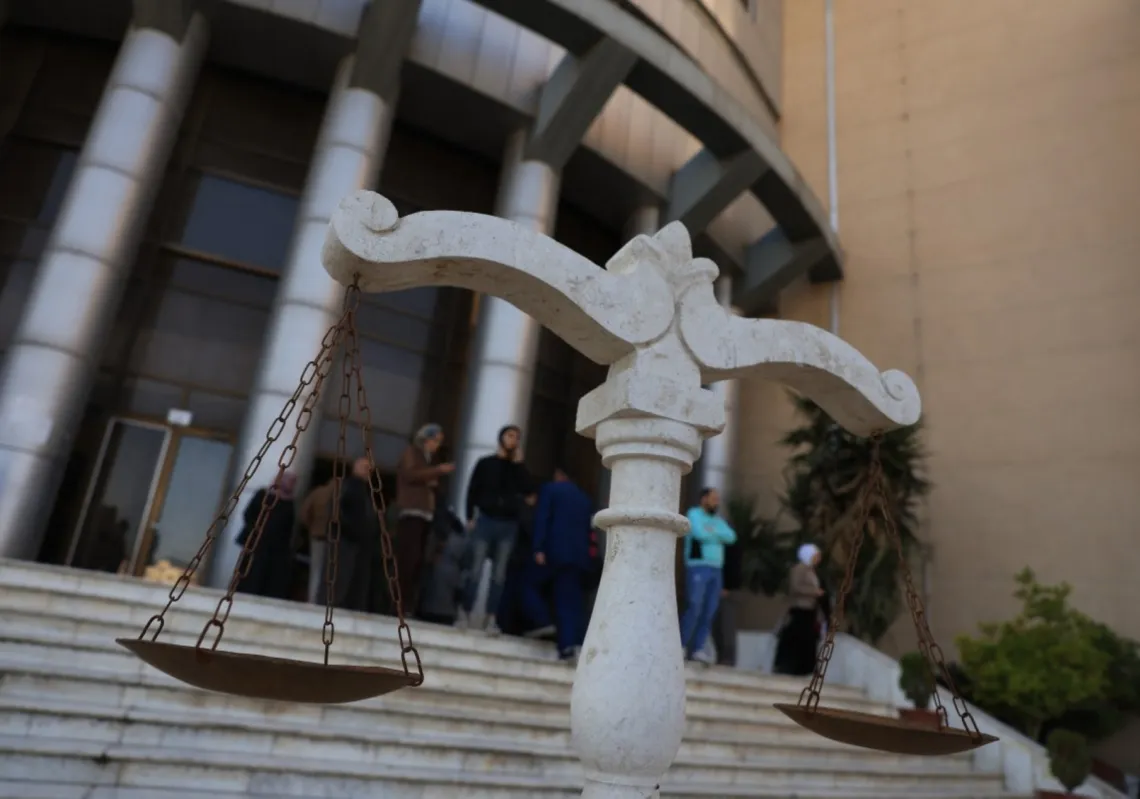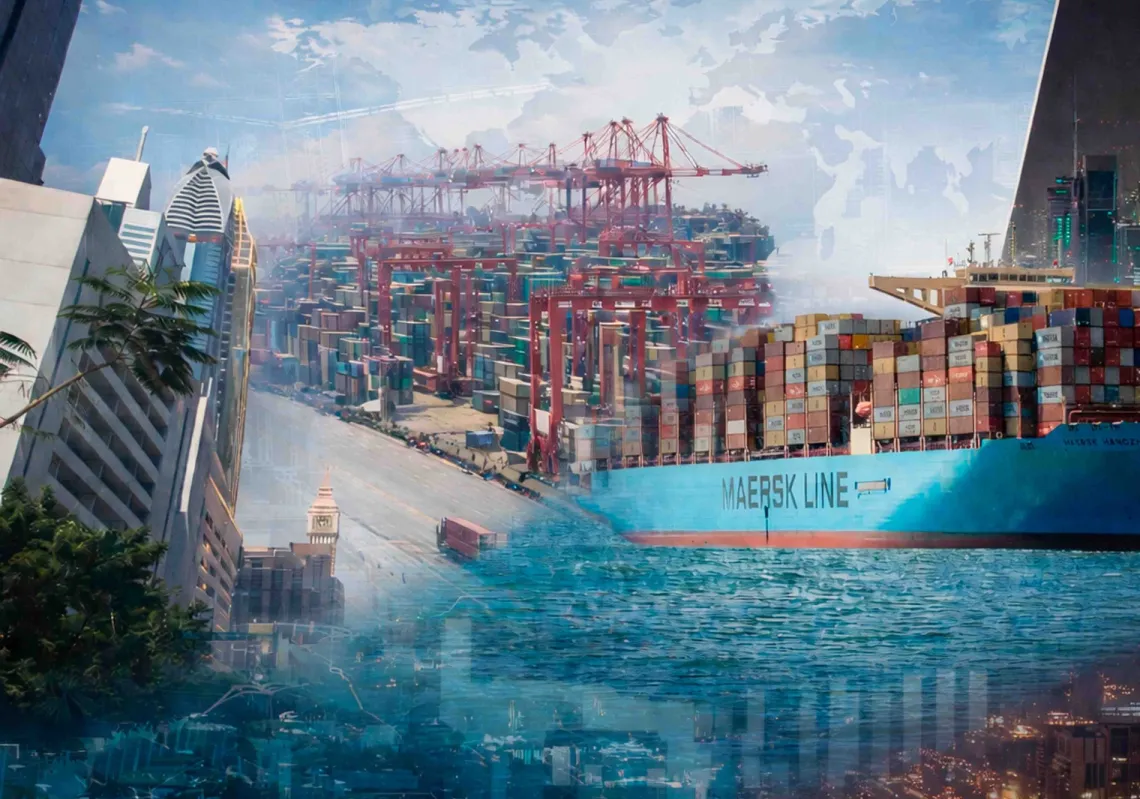On 18 October 1925, colonial France bombed the ancient city of Damascus. This was in response to a revolt against it from the nearby Druze Mountain.
During the raid, the bazaars of the Old City were destroyed. Unintentionally, the offices of three American companies were also hit: Socony Vacuum Oil, Singer Sewing Machine, and the investment firm MacAndrews & Forbes.
The US sent two destroyers to the shores of Beirut to serve as a deterrent to the French Army, even though, at the time, it was distant both from the region and its plight.
The US Consul Paul Knabenshue wrote to the State Department: “It is the presence here of American destroyers alone that has given a sense of security to the population!” (The ships were subsequently withdrawn on 6 December 1925.)
Nearly a century later, another American destroyer arrived in the region amidst an outburst of fighting between Hamas and Israel.
It bears the name of former US President Gerald Ford, who faced the never-ending challenge of dealing with the Middle East during his years at the White House – much like those who came before or after him.

Ford came into office in August of 1974, just ten months after the October War of 1973. In his memoir, Time to Heal, he made clear his agitation with the Middle East: "(The Israelis) tactics frustrated the Egyptians and made me mad as hell."
He left office in 1977 and died in 2006, with the Middle East still very much as he left it – in turmoil.
Little did he know that a ship carrying his name would sail to the region in 2023, holding warplanes, cruisers and destroyers.














